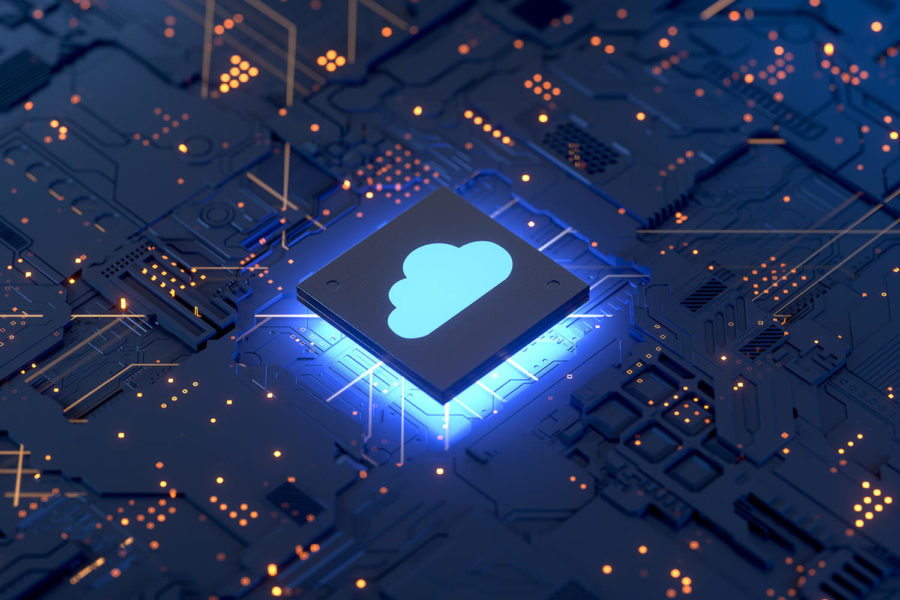Pentagon Eyes Spring 2022 for Multiple Cloud Deployments
The Department of Defense recently announced contracts for its long-awaited, multi-cloud deployment would be awarded as early as the spring of 2022.
These contracts, part of the newly launched Joint Warfighter Cloud Capability (JWCC) program, are the successors to the $10 billion Joint Enterprise Defense Infrastructure (JEDI) initiative, which was abruptly canceled earlier this year after contract talks stalled in a legal dispute between Amazon Web Services (AWS) and Microsoft.
Unlike the JEDI contract, a multi-billion, multi-year award granted to one cloud service provider, the JWCC will be distributed as multiple awards over the course of several years among multiple vendors, but similarly valued “in the billions of dollars,” according to John Sherman, the acting chief information officer for DoD.
It is hoped the program will deliver much needed cloud computing capabilities to the troops. Like the JEDI program, it is designed to give the military the ability to store and process enormous amounts of classified data, securely share this information, and fully utilize artificial intelligence technologies.
It Pays To Shop Around
The Pentagon’s move towards a multi-cloud hybrid environment with the JWCC program reflects a growing trend in the private sector, one that heeds the wisdom of “It pays to shop around.” The fact is different cloud service providers offer enterprises different services at different prices and it is in the interest of the user to shop from multiple providers (as in the JWCC program) instead of being contractually bound to just one (as with the JEDI program).
Another important consideration is that some apps may perform better with AWS services and others with Azure or with another cloud provider altogether. Choice of cloud provider can also include consideration around regional and territorial distribution. With JWCC, the Pentagon is wise to add flexibility in choosing the solution that best fits their needs.
In so doing, the government is going in the direction that most businesses today are going – using multiple cloud providers and combining them with other IT resources (including some legacy systems) for optimal security, cost, and service delivery. While this arrangement might seem unwieldy, Device42 software enables the smart management of this complex, new IT reality with visibility across multiple cloud environments and existing resources and aggregating them all into “one single source of truth.”
Visibility paired with flexible hybrid solutions, what more could one want?
See how Device42 can give you visibility into your hybrid IT environment by downloading a free trial today.




